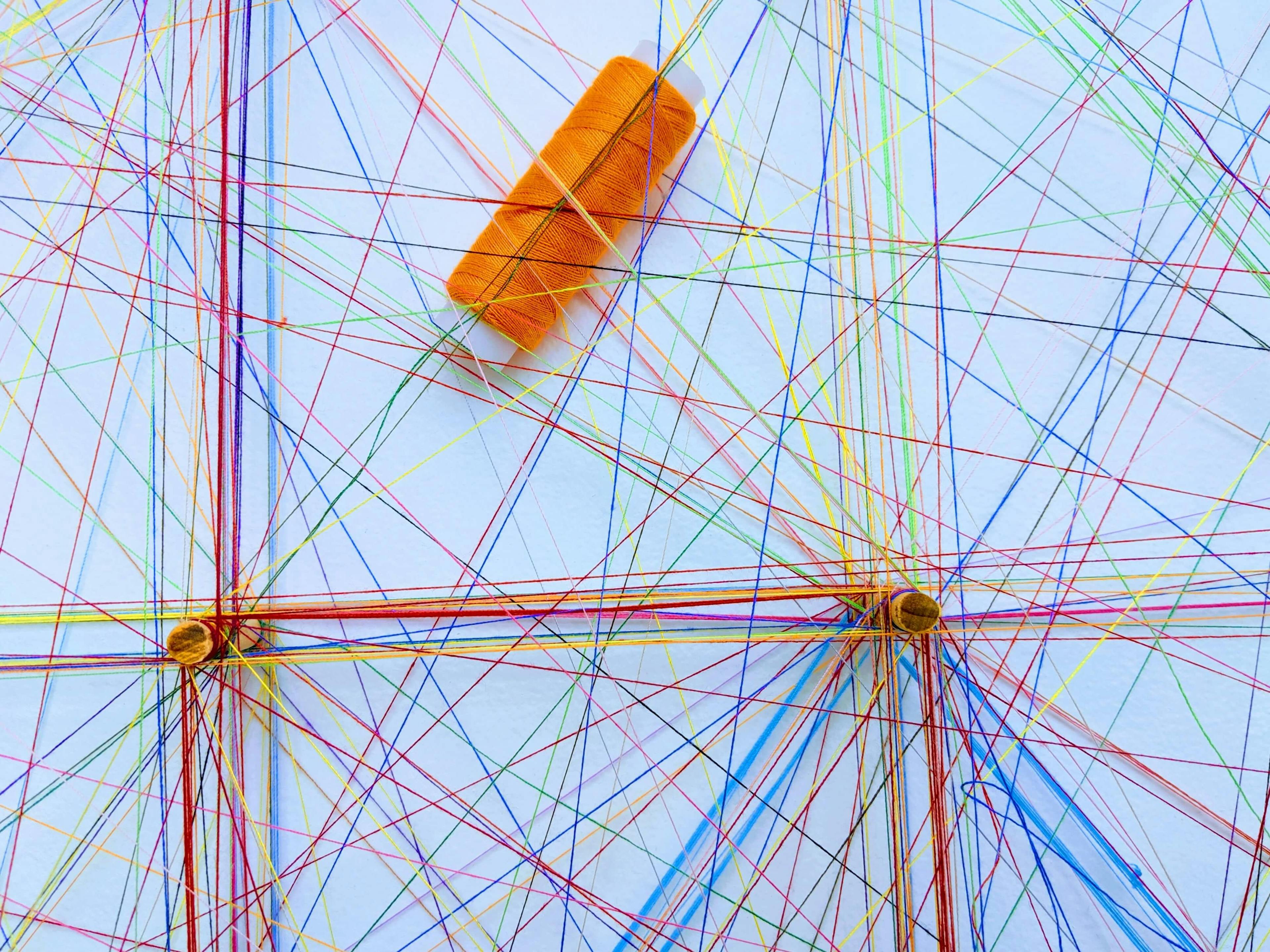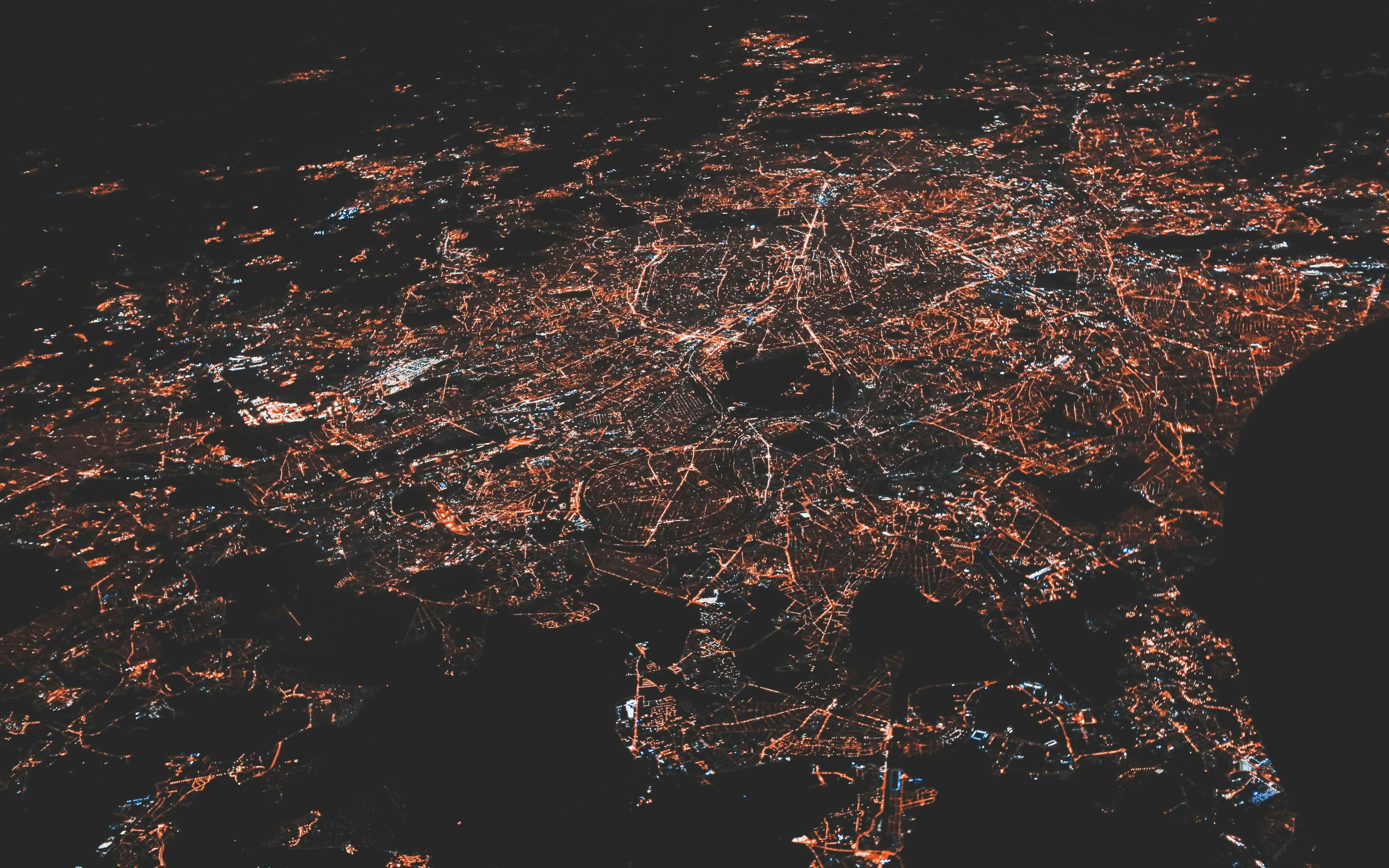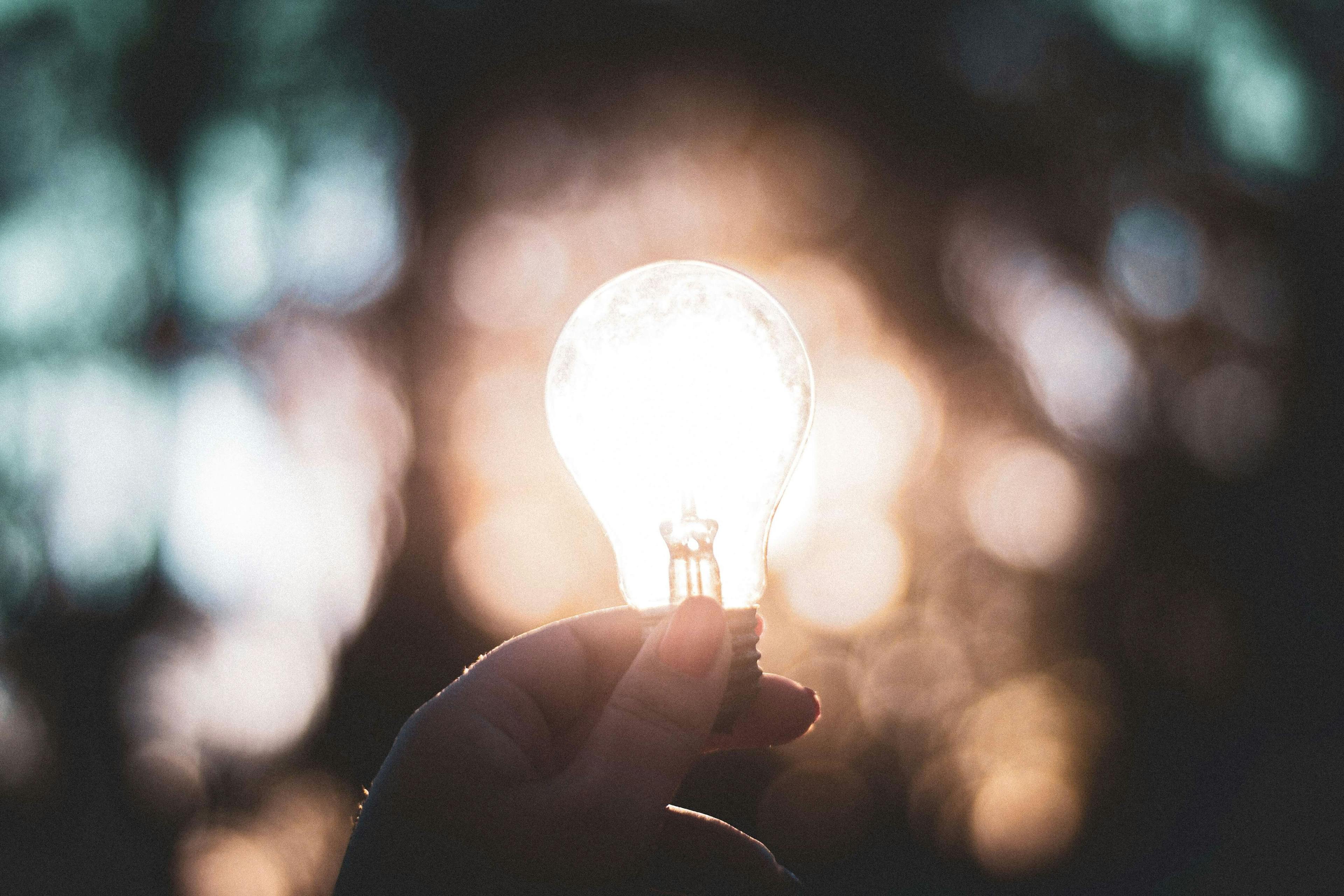What is a Distribution Network Operator (DNO)? Understanding Their Role in Renewables
28 Jul 2023

Innovations in power generation from the renewable energy sector are changing the energy portfolios of counties. Renewable energy serves the dual purpose of being financially prudent and ecologically sustainable but needs to reach consumers before any benefits are felt. That’s where Distribution Network Operators (DNO) come in.
So what exactly is a DNO? DNOs are responsible for the infrastructure that delivers power from high-voltage transmission grids into usable electricity for consumers typically from power sockets.
In the UK, that responsibility is in the hands of six DNOs, but they are not the only distribution option available. Some alternatives to DNOs are Independent Distribution Network Operators and Distribution System Operators (DSO).
This article will detail what each of those distributors are and how they contribute to the global energy transition.
What is a Distribution Network Operator?
A Distribution Network Operator (DNO) is a licensed company responsible for the maintenance and operation of infrastructure that delivers electricity from the national transmission network to consumers in the UK.
Some responsibilities DNOs have include:
- Preventative and reactive maintenance of faults
- Plan for the integration of new electricity supplies
- The completion of any non-contestable works
As a distributor, they make income by collecting Distribution Use of System (DUoS) charges which are included in the energy bills that consumers receive from their supplier.
The UK is divided into fourteen power regions that are serviced by six DNOs:
- Electricity North West
- Northern Powergrid
- SP Energy Networks
- Scottish and Southern Electricity Networks
- UK Power Networks
- Western Power Distribution
They are all regulated by Ofgem, the UK’s independent energy regulator, to ensure fair competition and the protection of consumer rights.
What is an Independent Distribution Network Operator?
Independent Distribution Network Operators (IDNO) serve the same function as DNOs but are not part of the public distribution system and are not subject to the geographic boundaries of DNOs.
Thus, there are different yet parallel regulations and licensing conditions. It is worth noting that Ofgem still regulates IDNOs in the UK to ensure fair competition and service.
Subtle but important differences in the regulation can result in IDNOs being more attractive than DNOs for certain customers. Moreover, IDNOs can offer asset adoption value payments to reduce the initial cost of projects and are generally more flexible and responsive to customer demands than DNOs.
The Role of DNOs & IDNOs in Energy Distribution
The UK’s power network has four main sectors: generation, transmission, distribution, and suppliers), where DNOs and IDNOs are responsible for distribution.
They connect the high-voltage transmission networks that transport electricity created by generators to consumers through the creation and upkeep of the distribution network.
The distribution network is composed of power lines, cables, towers, substations, and transformers. DNOs and IDNOs are responsible for the maintenance and oversight of this infrastructure to ensure power continuity. That makes them the primary point of contact when problems regarding the local power grid arise. For example, reporting an outage, a tree shrouding the lines, or inquiring about obstructions before digging.
Part of network oversight and one of the DNO’s most important responsibilities is maintaining the balance of electricity on the grid. Deviations in the equilibrium of the system can lead to inefficient uses of power at best and catastrophic grid failure at worst.
Balancing the grid requires careful monitoring and forecasting of the electrical supply and demand to ensure that a consistent supply of power is available. Grids are rarely overstressed at all points, but failures can happen at certain locations at certain times.
DNO resolutions to maintain the grid’s balance involve demand management programs, network expansions, and the integration of distributed energy resources (DER) amongst others. Demand management incentivises consumer electricity usage during off-peak hours and disincentivises use during peak hours, spreading out demand to be more manageable.
Network expansion includes the installation and upgrading of the distribution infrastructure to better handle high demand. Also, DER integration ensures a responsible and nuanced approach that takes power generated from renewable energy projects to the distribution networks.
The integration of renewable energy poses a challenge to network balancing as they are subject to power intermittency, meaning renewable energy projects usually have to go through a DNO application process. This informs the DNO about the new source of electricity and gives them time to prepare for the variable influxes of power.
For anyone wishing to start a solar farm or finance a solar project, these extra regulatory steps should be investigated and not overlooked as part of any detailed solar project development process.

The Importance of DNOs in the Renewable Energy Sector
DNOs are key players in the energy transition given their intrinsic responsibilities to enable the expenditure of renewable energy. Everything from transmission to integration and distribution are central functions of DNOs that renewable energy projects must utilise.
Renewable energy power purchase agreements (PPAs) are increasing the importance of DNOs given that most PPAs do not directly wire power to the consumer. Thus, DNOs are often the entities that handle the transfer of renewable energy from the generator to the off-taker through the local grid, up to and including the installation and expansion of new infrastructure if required.
The specifics can differ depending on the type of PPA used – potentially corporate or virtual amongst others – and the relevant terms negotiated.
DER integration is another function of DNOs that is important to the renewable energy sector. Traditional power grids are designed to distribute power from centralised sources to consumers, but renewable energy projects can introduce multiple, discrete sources of power. Integrating decentralised power for distribution enables the expenditure of renewably sourced electricity.
Finally, DNOs are critical to the integration of renewable energy because of their role in monitoring the network. Renewable energy generation is subject to inbuilt intermittency and subject to different variables depending on the technology used. Seasonal variation for solar PV is the most obvious example of this. DNOs model this variability and perform a balancing act to ensure that customers have access to a constant supply of power.
The Future of DNOs and Renewable Energy
New technology and renewable energy trends are redefining the role that DNOs play now and in the future.
The core functions DNOs serve will remain the same, but advances may require adaptations in the methods and techniques that DNOs employ to conduct operations. Below we list a few examples of emerging technologies and trends that will affect DNOs moving forward.
Smart Grids
The concept of smart grids integrates computer communications networks with power distribution grids to facilitate two-way communication between the supplier and offtakers that creates real-time feedback and allows DNOs to automatically implement demand control measures to ensure the continuity of power and minimise downtime in the event of outages.
Electric Vehicles
The proliferation of electric vehicles (EVs) increases demand on the grid but also presents several opportunities emerging technologies can seize.
EVs have the potential to become mobile storage solutions given that a single EV can store the average day’s expenditure of a single UK household. A process called vehicle-to-grid integration can allow the electricity stored in an EV to be discharged bidirectionally and feed the grid during times of shortage and freely charge during times of excess.
DNOs can leverage this capability to help shave peaks, balance loads, and store excess energy.
Decentralised Energy
Power is no longer dependent on centralised power plants feeding the grid with renewable energy projects allowing generation from a multitude of sources.
DNOs will have to expand their distribution infrastructure to connect the power generated by renewable energy projects and advance their management of energy flows. But in exchange, they will gain greater flexibility in load balancing, increased efficiency of transmission, and greater overall resiliency towards energy security.
Energy Storage
DNOs are increasingly responsible for the distribution of green energy that can be intermittent, but advances in energy storage will enhance the grid’s stability.
Technologies such as lithium-ion batteries, flow batteries, hydrogen, or compressed air energy storage are all examples of emerging energy storage forms that have their incentives and drawbacks. If DNOs can incorporate different energy storage solutions, then they will be better equipt to manage the grid’s power flow.
Digitalisation and Data Management
The rapid growth of computer processing power introduces an opportunity for DNOs to improve how they manage their networks. Digitalisation allows DNOs to collect more accurate information in real-time to better inform their forecasts and decision-making. Furthermore, digitisation and connections translate into cost savings for customers, which can promote more sustainable consumption patterns.
Grid Resilience and Cybersecurity
DNOs are not only responsible for the physical upkeep of their grids but also, the digital resilience of their entire networks. Digitisation and the increased use of computers to support operations create vectors for cyber attacks as recently seen in the 2022 Russian invasion of Ukraine. DNOs must prioritise cyber security to ensure power system resilience.
Transition to DSOs
Changes in how power is generated and consumed necessitate a change in the roles and responsibilities of a DNO that a Distribution System Operator (DSO) model is best suited to handle.
DSOs serve the same role as DNOs but are rising in popularity due to their ability to better manage distributed energy resources and their role in actively balancing the supply and demand for electricity. We discuss DSOs in greater detail below.

What is a DSO & Do They Spell the End for DNOs?
Similar to DNOs, DSOs are licensed entities that operate energy distribution networks, but DSOs distinguish themselves by actively balancing supply and demand and integrating a diverse range of distributed energy resources into the grid.
The DSO model is better suited to address the growing complexities of distributed renewable energy sources given its greater scope of responsibility.
The active role that DSOs play in managing power with the grid lends itself to outperforming DNOs.
DNOs operate passively with centrally balanced distribution, and keeping up with demands and technological advances will lead to significant underutilisation. So on top of the greater need to integrate distributed energy resources, the proactive management of DSOs will outcompete DNOs in operational costs.
Signing Off
The role of DNOs in the global energy transition cannot be understated. They are the final link that delivers electricity from the generator to the end user, whether that power is from traditional or renewable sources.
Without the distribution and management infrastructure by DNOs and the balancing act they undertake, renewable energy would not be as successful as it is today. But with industry trends and advancements in how power is generated and how consumers use power, change will be necessary to remain competitive.
As technology and consumer habits evolve, the passive approach that DNOs use may fall out of favour as the active approach of DSOs can provide greater levels of efficiency and cost savings.
Regardless of which distribution channel prevails, the advancements in power management will minimise waste and bring us to the energy transition sooner.
With a network of over 4,600 investors, developers and advisers, PF Nexus’ innovative cleantech platform provides users access to an expansive ecosystem database and renewable energy marketplace. To find out more, get in touch today.
Sources